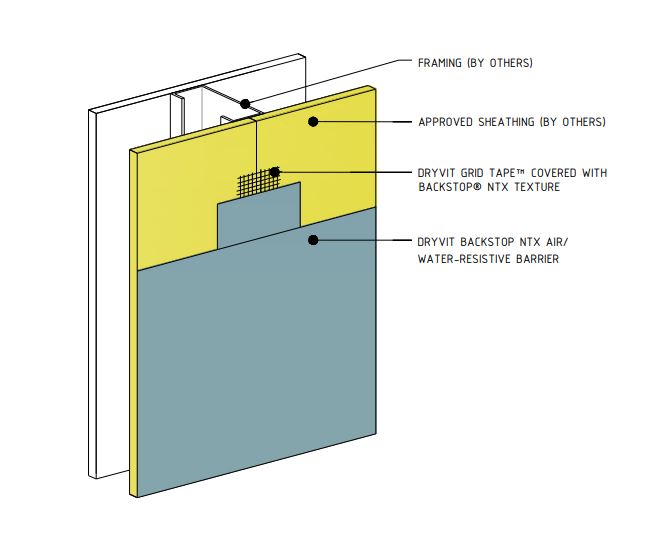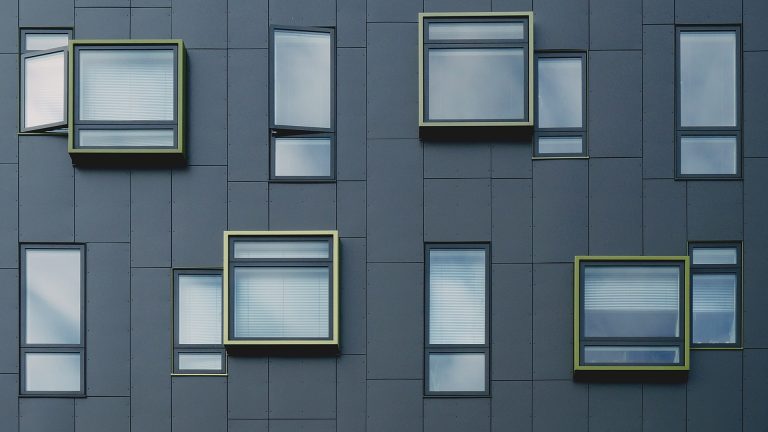April 20, 2023
Building Envelope Sealing: An Introduction to Continuous Sealing
When it comes to constructing or renovating a building, the building envelope is a critical component. It’s what separates the interior of the building from the outside environment, and it plays a key role in maintaining a comfortable and healthy indoor space. One important aspect of building envelope sealing is continuous sealing, which is a technique used to create an airtight and watertight seal that runs continuously around the entire building envelope.
What is continuous sealing?
Continuous sealing involves applying a continuous layer of sealant and insulation around the entire building envelope, including windows, doors, walls, and roofs. This creates an unbroken seal that prevents air, moisture, and other outside elements from entering the building.

One of the solutions that Hive Construction works with is Backstop® NTX Texture and Smooth
Why is continuous sealing important?
There are several reasons why continuous sealing is important:
Energy efficiency: An airtight building envelope reduces the amount of energy needed to heat and cool the building, leading to lower energy bills and a reduced carbon footprint.
Indoor air quality: Sealing the building envelope prevents outside air, dust, and pollutants from entering the building, which can improve indoor air quality and promote a healthy living or working environment.
Moisture control: Moisture can cause damage to building materials, promote mold growth, and create an uncomfortable living or working environment. Continuous sealing helps to prevent moisture infiltration and promotes proper moisture control.

What are the common areas that require continuous sealing?
Continuous sealing is typically applied to all areas of the building envelope, including windows, doors, walls, and roofs. However, there are some areas that are especially prone to air and moisture infiltration and require particular attention, such as:
The intersection between walls and roofs
The area around windows and doors
The foundation and the area where the foundation meets the walls
In conclusion, continuous sealing is a crucial step in ensuring that a building functions properly. By creating an unbroken seal that prevents air and moisture infiltration, continuous sealing can lead to energy efficiency, improved indoor air quality, and proper moisture control. In our next blog post, we’ll delve deeper into the details of continuous sealing and common mistakes to avoid.
